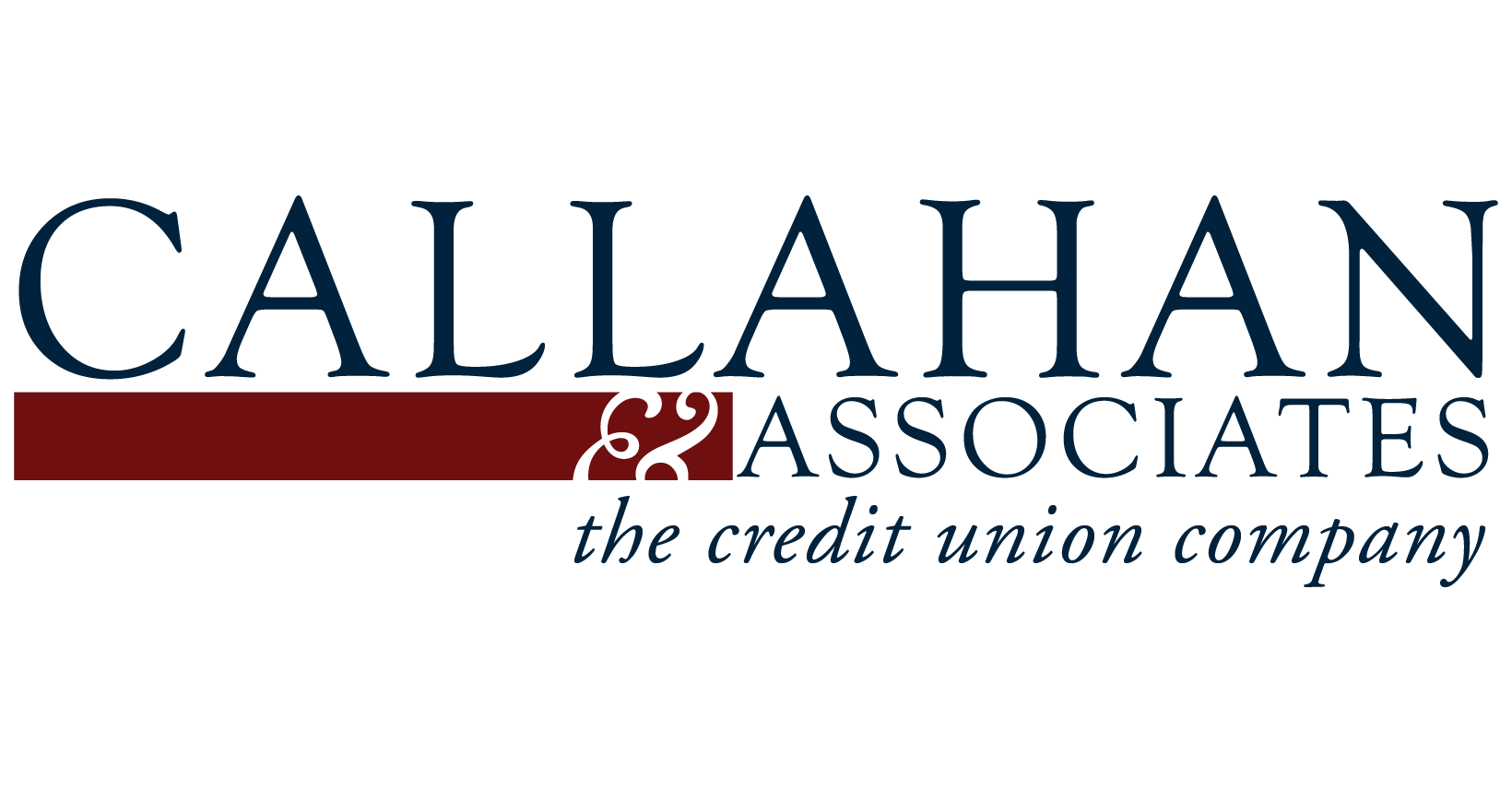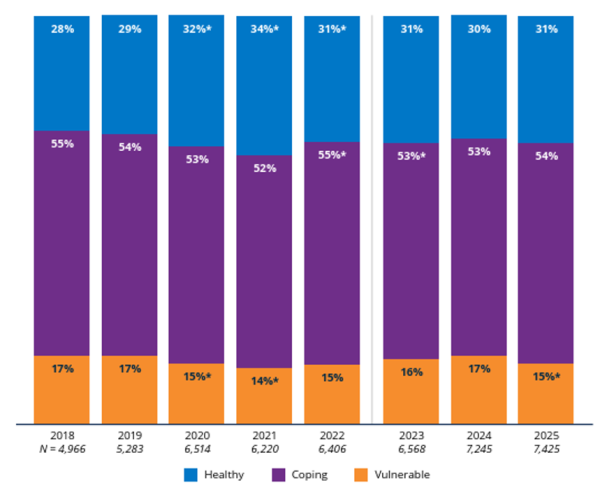CDFI Certification Powers Up Community Impact In Florida And Beyond
As the nation’s largest community development credit union, Suncoast is a force for development, collaboration, and innovation.
As the nation’s largest community development credit union, Suncoast is a force for development, collaboration, and innovation.
A Jack Henry study reveals the industry’s top priorities for the next two years.
Veterans reported higher levels of financial wellbeing than the average U.S. adult in a CFPB survey, but credit unions have room to help those experiencing hardship.
Credit unions posted record revenue in the third quarter thanks to large gains in loan and investment income, yet asset quality worsened as the industry braced for interest rate cuts.
With demand for data at an all-time high, two senior credit union leaders share their approach to managing data across the organization.
Credit union leaders share how data impacts their branching decisions.
It takes the right people, the right tools, and the right processes to create a data-driven culture.
The introduction of generative AI has transformed the business world in just two years. Here’s how adoption varies by job function.
When comparing your institution’s performance to industry averages, credit unions executives may struggle to find meaningful insights that reflect their unique challenges and opportunities. Credit unions under $500M in assets make up 84% of the industry, according to the latest NCUA data. However, their impact is often underrepresented in overall industry statistics where averages are
Multiple common bond and community charters comprise the majority of the industry, but niche fields of membership boast some of the largest institutions.


Explore the subtle shifts redefining the credit union core processing space and how these movements shape growth, innovation, and member experience.

The combination of the right philosophy and the right technology can set credit unions up for success even during difficult economic times.

Nearly 100 credit unions are providing Buy Now, Pay Later to their members, and their banking cores are giving them a surprising competitive advantage.

A perspective from Garrhett Petrea, vice president of sales and a Zillennial, on why outdated cores threaten the next generation of members and what leaders must do now.

Driving digital delivery? Evaluating vendor platforms? Sharpening tech strategy for a new year? This week of insights is built for credit union leaders looking to stay ahead.

Having weathered a difficult five years, U.S households have modestly improved their financial situation in the short term; their long-term prognosis is murkier.

Third quarter performance data is a reminder that credit unions perform best when conditions are hardest.

From cross-cooperative collaboration to well-timed relief products and services, credit unions are lightening the holiday budget burden.

Amid a turbulent financial landscape, credit unions across the country stepped in with lending, grants, and community partnerships to support small businesses and entrepreneurs.

The Arizona-based credit union has revamped its approach to financial education and community partnerships to better serve the needs of its market.